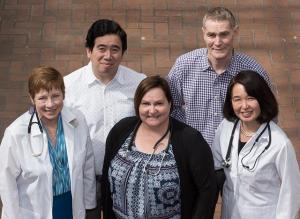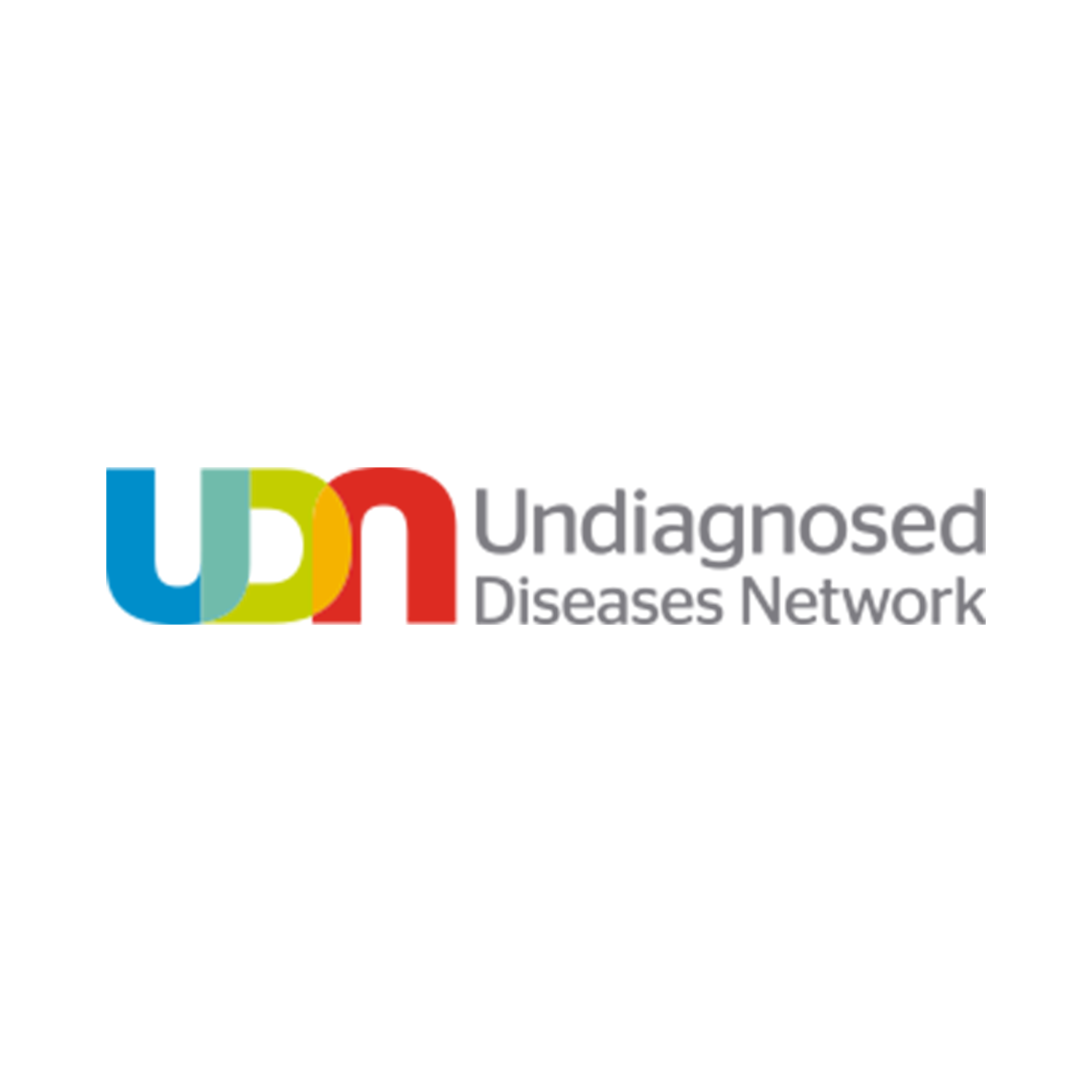

Undiagnosed Diseases Network expands to Pacific Northwest
Undiagnosed diseases network
The network was created to assist patients with rare conditions or whose disorders have proven difficult to classify.
The Pacific Northwest regional clinical site will serve patients from Washington, Alaska, Montana, Idaho and Oregon. They can be of any age, from infants to adults.

The clinical site directors are Dr. Gail Jarvik, professor of medicine, Division of Medical Genetics, University of Washington School of Medicine, and Dr. Katrina Dipple, director of medical genetics at Seattle Children’s and professor of pediatrics, Division of Genetic Medicine, at the UW School of Medicine.
The latest grants will increase the number of network sites across the United States from seven to 12. The total, four-year funding for this phase is expected to be approximately $100 million.
This second stage of the Undiagnosed Disease Network is extending the geographical reach of the program. In the predominantly rural Pacific Northwest and Alaska, an important aspect will be improving access for patients living in remote areas.
Jarvik mentioned that, in addition to tremendous medical expertise, UW Medicine and Seattle Children’s bring a strong background in genomics research to the Undiagnosed Diseases Network. Genetic studies, she explained, are often the way that the underlying causes of puzzling medical conditions have been found. UW Medicine has a long history of discovering the genetic basis behind both rare and common diseases.
Since opening in 2015, the national Undiagnosed Disease Network has solved more than 200 mysterious cases.
“Some of these patients had previously gone to about five or six different medical centers and had a lot of testing and imaging done without any conclusive results. When they finally get a diagnosis, it is so important to them,” Jarvik said.
Having a child with a baffling condition can be a long diagnostic journey for families. Dipple said, “It’s difficult when their child has medical issues and is undiagnosed, and they get referred to many different specialists. We hope that the network can continue to help end those diagnostic odysseys by getting patients the evaluations and tests that they need.”
Jarvik also added, “We’re happy to be part of a national network because it will bring a lot of minds together to work on the same problems. We’re going to develop systems for evaluating patients with certain conditions so there’s a plan that can be shared with other medical communities outside the network. We work in an extraordinarily collaborative environment.”
Efforts to assist people with rare or undiagnosed diseases have been going on for many years at a number of different research medical institutions. What the NIH network does is pull many of these resources and experts together.
“The Undiagnosed Disease Network also has ways for families to reach out to other families with the same disorder,” Dipple said. Those connections help the scientists and clinicians as well to better understand these disorders.
What happens when an individual or family obtains a diagnosis?
“It’s really amazing, because for these families it’s an answer they have been searching for,” Dipple said. “I had one family who looked at me and they said, ‘We’ve been waiting for eight years for this.’ It’s just so powerful for them and for us.”
Jarvik has made rare diagnoses in adults whose parents have sought answers since the patients were children.
“One father cried, because for decades he had blamed himself for failing his child,” Jarvik recalled.
Jarvik and Dipple encourage families and individuals to apply to the Undiagnosed Disease Network to see if their situation qualifies. During the evaluations to try to obtain a diagnosis, the network would work with patients’ own, local healthcare providers, who would continue to take care of them.
Patients and families seeking more information about applying for any site in the Undiagnosed Disease Network services can visit: https://undiagnosed.hms.harvard.edu/apply/
Source: UW Medicine Newsroom